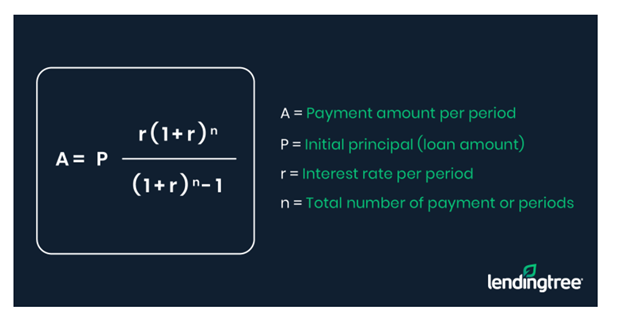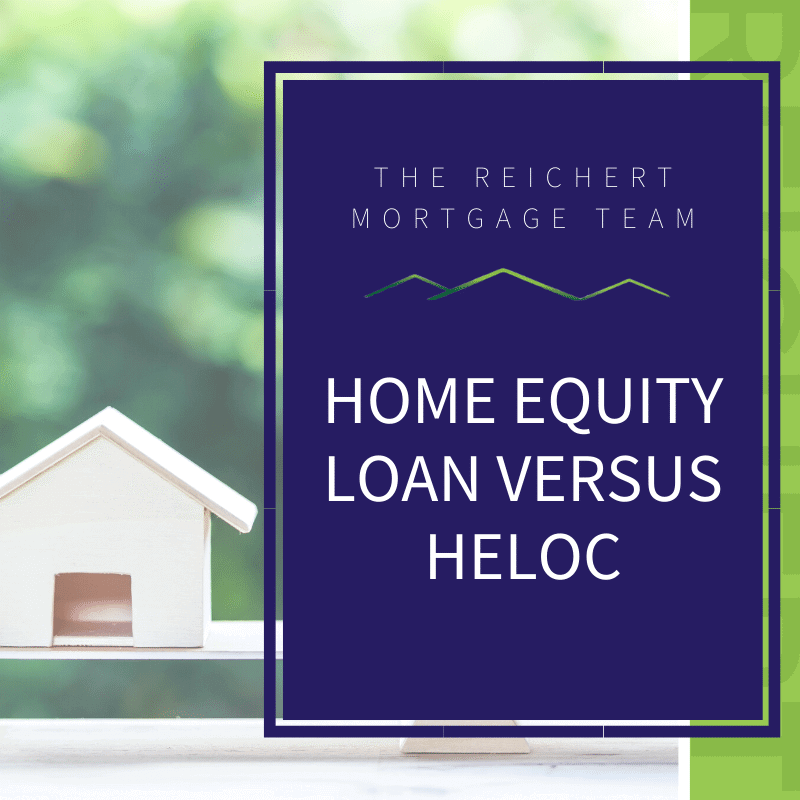
A HELOC has the advantage of being flexible, which allows you to make as many payments as you need. You can choose to make payments with a debit card, a check, cash from the bank, or an electronic transfer. Your monthly payments are usually small and include only interest. HELOCs may allow you to repay the principal, but fees might apply if you do this early.
Interest rates can fluctuate over time
HELOCs offer a great option to get credit with a low interest for a longer time. However, because interest rates can change over time, you should shop around for the best interest rate to meet your needs. A slight change in interest rate can mean a significant difference in the total amount that you pay over the life of your loan.
HELOC interest rates can be variable. They are based on the prime rate and federal funds rate. The prime rate is usually three percentage points above the federal funds rate, and lenders often align their HELOC rates based on it.

A HELOC borrower can draw money from the line of credit for a period of 10 to 20 years. During this time, the borrower can make payments on the outstanding balance until the loan is fully repaid.
Refinance or close a HELOC prior to the draw period ends
If used correctly, a HELOC may be a very useful financial tool. However, it can become a trap if you fail to pay it off during the draw period. This can be avoided by carefully reading the terms. HELOCs are typically variable-rate loans. The interest rate can change according to market conditions.
First, it is important to know when the draw period ends. A HELOC typically has a 20-year draw period. The repayment period begins once the draw period has ended. Many lenders allow you the option to make interest-only payment during the draw period. However, they may require that you make a minimum payment to include some principal.
Second, you need to know the terms of the loan prior to closing. Refinancing or closing a HELOC before the draw period ends can help you avoid a prepayment penalty. If you aren't sure whether or not to close the account, it's a good idea to discuss the details with a financial planner or lender.

Tips for a successful Heloc Draw Period
A HELOC is an open line of credit that is based on the equity in your home. This credit allows you to borrow as much money you wish and repay it in as little as five years or ten years. Although you will have to pay interest on the amount that you borrow, you can usually pay less than the amount due each month.
A HELOC can be used multiple times throughout the draw period. This is especially useful if you have a lot of ongoing expenses or don't know how much money you will need. For example, you may need large sums of money to remodel your garage. You might need to hire a contractor to do the flooring or purchase cabinets. For the garage to be painted, you might also need to hire an artist. A HELOC allows you to borrow exactly the amount you need.
FAQ
What is a reverse mortgage?
A reverse mortgage allows you to borrow money from your house without having to sell any of the equity. It works by allowing you to draw down funds from your home equity while still living there. There are two types of reverse mortgages: the government-insured FHA and the conventional. A conventional reverse mortgage requires that you repay the entire amount borrowed, plus an origination fee. FHA insurance covers repayments.
How much does it cost for windows to be replaced?
Window replacement costs range from $1,500 to $3,000 per window. The exact size, style, brand, and cost of all windows replacement will vary depending on what you choose.
What are the drawbacks of a fixed rate mortgage?
Fixed-rate loans are more expensive than adjustable-rate mortgages because they have higher initial costs. If you decide to sell your house before the term ends, the difference between the sale price of your home and the outstanding balance could result in a significant loss.
How can I find out if my house sells for a fair price?
You may have an asking price too low because your home was not priced correctly. If you have an asking price well below market value, then there may not be enough interest in your home. To learn more about current market conditions, you can download our free Home Value Report.
Is it better for me to rent or buy?
Renting is typically cheaper than buying your home. But, it's important to understand that you'll have to pay for additional expenses like utilities, repairs, and maintenance. Buying a home has its advantages too. You will have greater control of your living arrangements.
Is it possible fast to sell your house?
You may be able to sell your house quickly if you intend to move out of the current residence in the next few weeks. There are some things to remember before you do this. You must first find a buyer to negotiate a contract. The second step is to prepare your house for selling. Third, you must advertise your property. You must also accept any offers that are made to you.
Statistics
- Based on your credit scores and other financial details, your lender offers you a 3.5% interest rate on loan. (investopedia.com)
- This means that all of your housing-related expenses each month do not exceed 43% of your monthly income. (fortunebuilders.com)
- When it came to buying a home in 2015, experts predicted that mortgage rates would surpass five percent, yet interest rates remained below four percent. (fortunebuilders.com)
- Private mortgage insurance may be required for conventional loans when the borrower puts less than 20% down.4 FHA loans are mortgage loans issued by private lenders and backed by the federal government. (investopedia.com)
- Over the past year, mortgage rates have hovered between 3.9 and 4.5 percent—a less significant increase. (fortunebuilders.com)
External Links
How To
How to Purchase a Mobile Home
Mobile homes are houses that are built on wheels and tow behind one or more vehicles. They have been popular since World War II, when they were used by soldiers who had lost their homes during the war. People who live far from the city can also use mobile homes. Mobile homes come in many styles and sizes. Some houses have small footprints, while others can house multiple families. There are some even made just for pets.
There are two main types for mobile homes. The first is made in factories, where workers build them one by one. This occurs before delivery to customers. You can also build your mobile home by yourself. The first thing you need to do is decide on the size of your mobile home and whether or not it should have plumbing, electricity, or a kitchen stove. Next, make sure you have all the necessary materials to build your home. The permits will be required to build your new house.
There are three things to keep in mind if you're looking to buy a mobile home. Because you won't always be able to access a garage, you might consider choosing a model with more space. You might also consider a larger living space if your intention is to move right away. Third, you'll probably want to check the condition of the trailer itself. It could lead to problems in the future if any of the frames is damaged.
Before buying a mobile home, you should know how much you can spend. It is important that you compare the prices between different manufacturers and models. Also, consider the condition the trailers. There are many financing options available from dealerships, but interest rates can vary depending on who you ask.
A mobile home can be rented instead of purchased. Renting allows you the opportunity to test drive a model before making a purchase. Renting isn’t cheap. Renters generally pay $300 per calendar month.